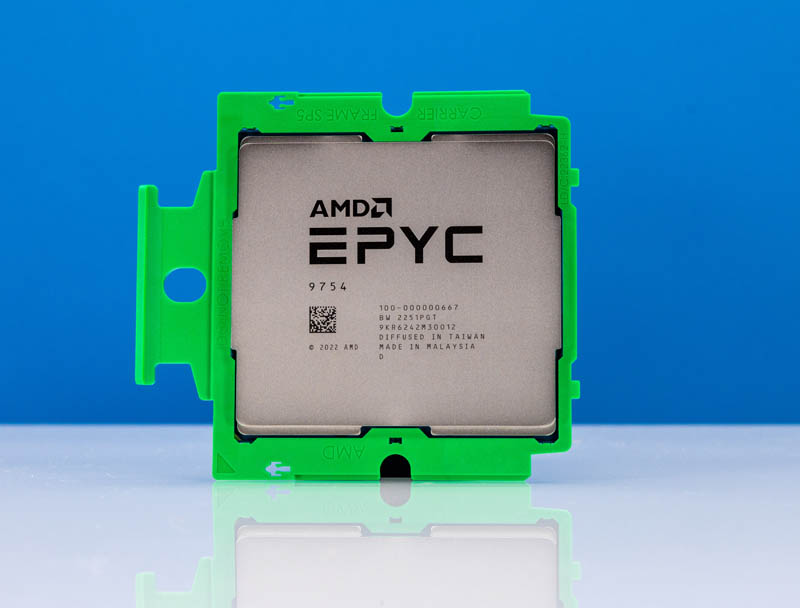Resurrecting this thread.
I was having a look at the potential for having the equivalent of 16 P cores in the nearish future. Intel don't seem to have anything planned.
Some AMD CPUs are "in theory" 16 core, but in use are x2 CCDs of 8 cores, with the CCDs seemingly not talking to each other very effectively, meaning that gaming is apparently worse on a 7950 than a 7800.
I did look at info on the AMD Zen4c, which does look like having 16 cores on a single CCD. However, what I then read was that AMD are doing this by cramming x2 CCX of 8 cores onto a single CCD, with lower cache per core.
Has anyone read of a genuine 16 core (on a single board) in the pipeline?
For that matter, does anyone really understand why many of the synthetic benchmarks can make full use of the 16 cores in current AMD 7950s, whilst most games seem to fail miserably? If so, is there a potential fix?
The problem with 16 P-cores is it would have to be at least 400mm^2, the 13900K is already 260mm^2, that's already huge for a CPU, for context the RTX 4080 is about 380mm^2, the price of something like that would have to be astronomical, its why they have these E-Cores, they are 1/4 the size of the P-Cores, they can cram lots in to keep up with AMD's 16 P-Core CPU's in MT.
AMD's 8 core Zen 5 CCD's are 75mm^2 each, but they are on TSMC 5nm and frankly just far more efficient, even on Intel 10nm they would still be smaller. AMD also use an MCM chiplet design because it further improves the cost effectiveness of the CPU and they can make higher core count CPU's for Data centre than you can monolithic.
Intel have gone down the same MCM rout for its Datacentre CPU's, the Xen 8480+ has 56 core, that's with 4X 14 core chiplets, each one is 480mm^2 (go back to what i said at the beginning) they are very large cores. AMD are at 96 cores, 12X 8 core 75mm^2 chilets
There is no "16 P-Core" chiplet that i know of on AMD's roadmap.
On gaming, what AMD have is an algorithm that keeps the game entirely in one 8 cores CCD, but will allow less latency sensitive workloads on to the seconds CCD if needed, there is a slight penalty in performance when that happens, but it is only slight, i bought a Ryzen 5800X because the gaming performance was more consistent than the 5950X and certainly more consistent than the 5900X, but the difference overall is only a few %.
Intel do the same thing with the E-Core CPU's
Star Citizen is a very good example of a game that uses a lot of threads, all 16 of my threads to be loaded at 80%+ is not unusual, that's with a 2070 Super at 1440P, Intel E-Core CPU's are a problem with this game when running a fast GPU like a 3090Ti or 4080 and up.. the CPU works so hard it is quite often spilling over to the E-Core and because there is a huge performance difference between the E and P-Cores frames are being rendered at very difference performance levels, or speed, with that they stutter in this game, quite badly, Intel have been to CIG to try to sort it out, and its better than it was but its still happening...
Personally i wouldn't buy one, i tend to keep my CPU's for years and games only get more demanding, not less.


 youtu.be
youtu.be






